This simple science activity shows children how to draw a circuit! It’s great for learning about electricity and a fun introduction to circuits. Graphite is made up of carbon atoms with delocalised electrons which are able to move through the graphite. The electrons allow graphite to conduct electricity.
You can demonstrate this by creating a graphite pencil circuit!
Graphite is quite low in conductivity so remember to make your pencil lines thick and not too long.
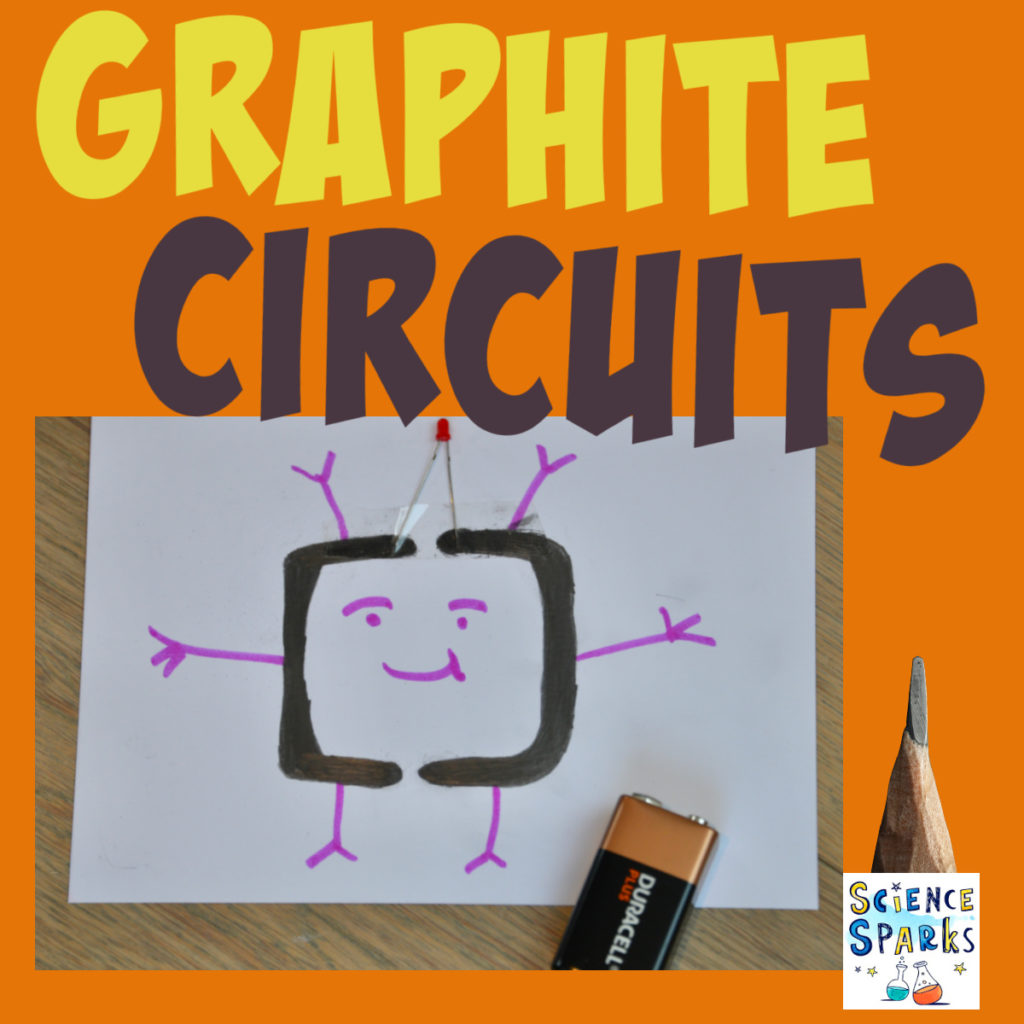
How to Make a Graphite Pencil Circuit
You’ll need
A graphite pencil – mine was a 6B
Small LED
A sheet of card
9V battery
Clear tape
Pencil Circuit Instructions
Use a graphite pencil to draw a design on a piece of card or paper. You’ll need to leave a gap in two places. One for the battery ends and one for the LED legs.
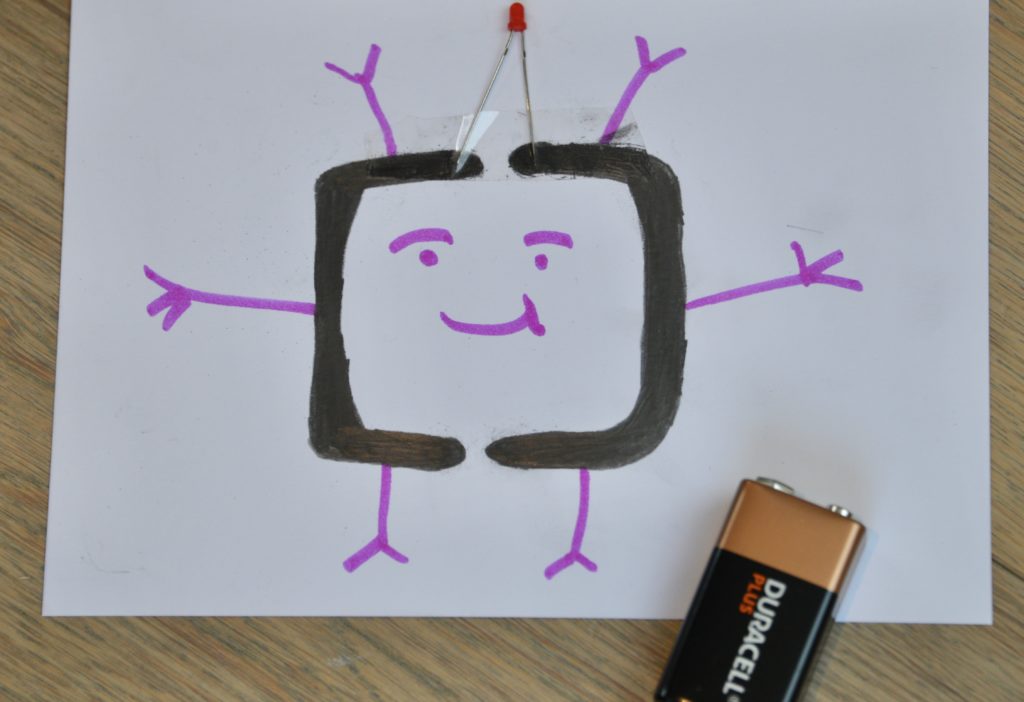
Attach the LED using tape to one gap in the circuit.
Place the battery over the second gap. The positive end of the battery needs to be in the same segment of the circuit as the long leg ( positive end ) of the LED.
I could only get my circuit to light a very small LED, but plan to experiment further with different pencils.
Troubleshooting your circuit
- Check the battery lights the LED without the graphite. You’ll need a couple of wires with crocodile clips to test.
- Try making the pencil lines thicker.
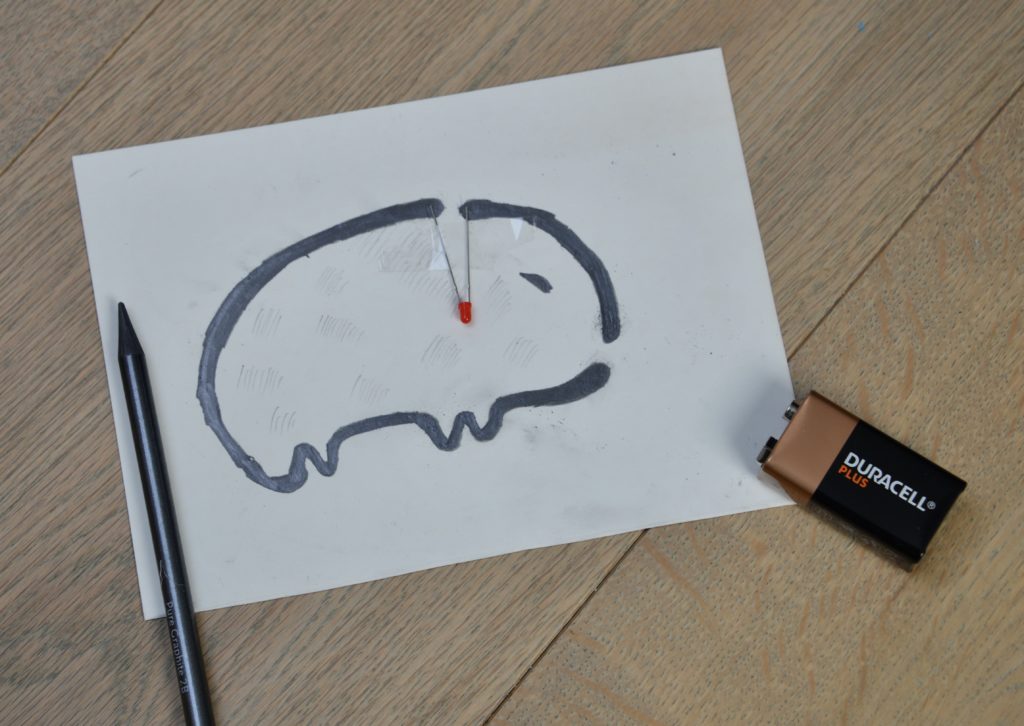
Extra Challenges – Graphite Pencil Circuits
Experiment with different pencils and circuit shapes to find the best combination.
Does a lower voltage battery work?
Can you create a circuit using 2 or more LEDs?
More Electricity Projects for Kids
If you liked this activity, you’ll love making play dough circuits which are another very visual way to learn about electricity.
Or, try one of my other easy electricity projects.
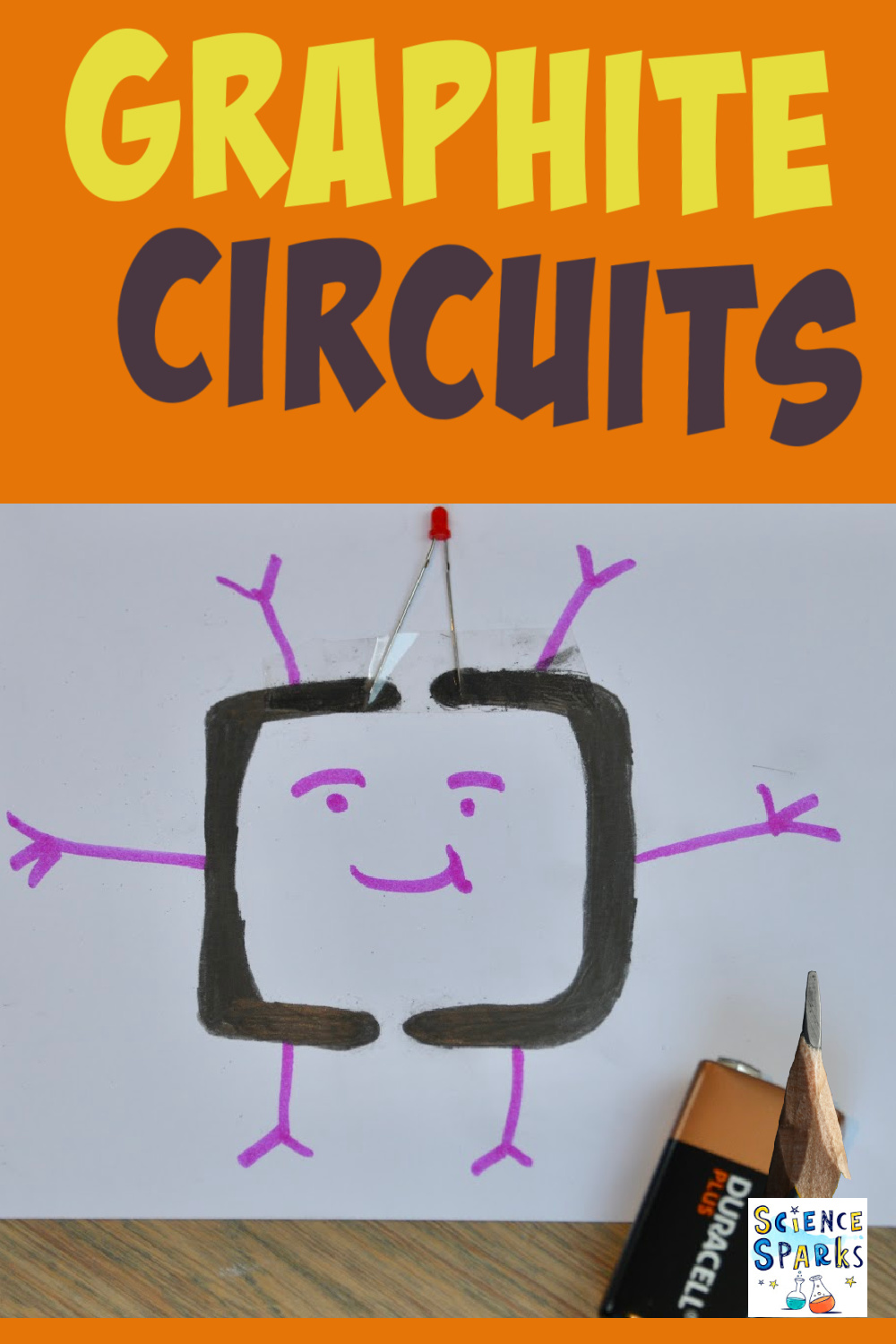
Last Updated on January 9, 2023 by Emma Vanstone

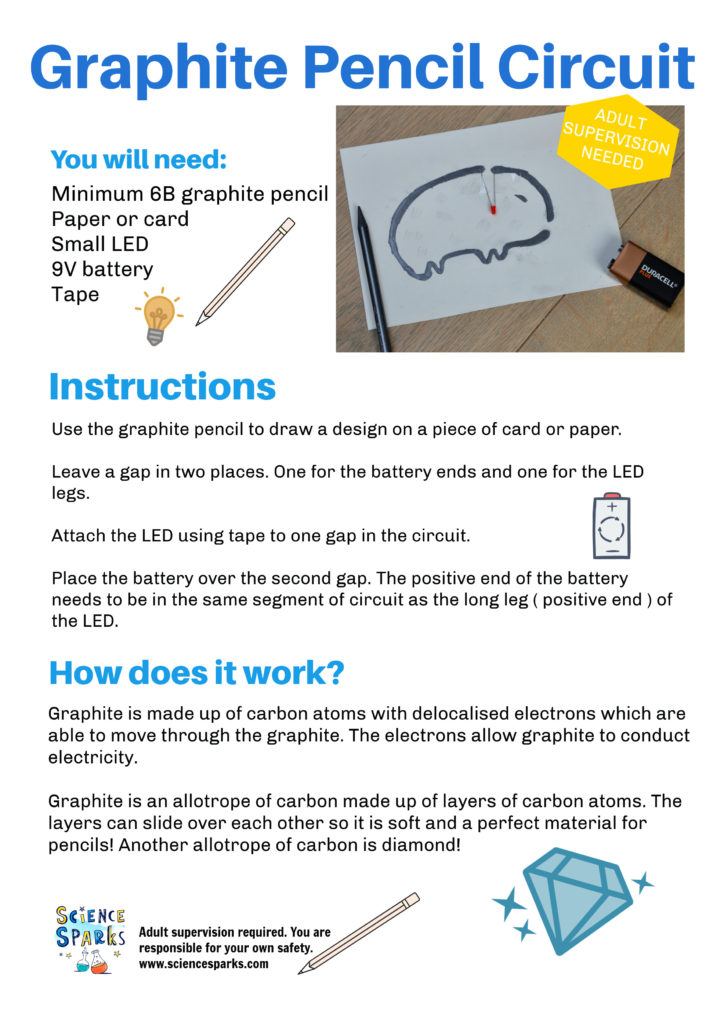
Leave a Reply